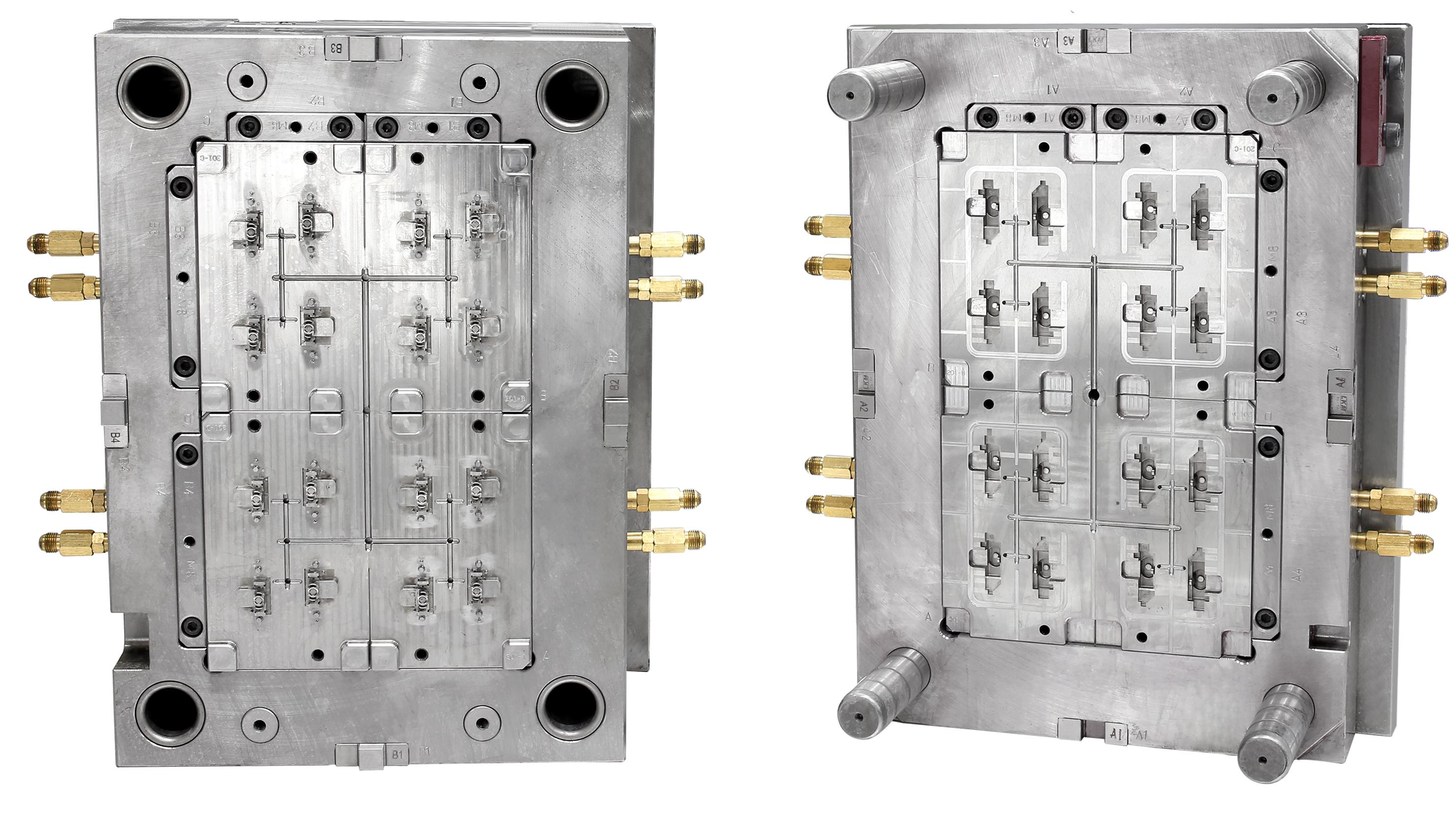Key points of upper and lower molds
Preparation for upper mold
1. Material preparation: Check whether the materials required for production are ready. If the materials need to be dried, the drying operation must be carried out in advance.
2. Machine inspection: Confirm whether the injection molding machine is idle and whether its size, ejection mechanism meet the requirements of the current mold. If the machine has any non-conformity, it needs to be reported immediately and wait for notification.
3. Mold inspection: Check whether the mold is intact and whether the key components of the mold such as the cavity, core, and ejector pin are in good condition. At the same time, it is also necessary to confirm the mold number, production date and other information to ensure that it matches the production plan.
4. Preparation of upper mold tools and other equipment: According to the specific requirements of the mold, prepare corresponding upper mold tools, such as lifting rings, slings, wrenches, force rods, etc. In addition to the upper mold tools, it is also necessary to prepare water pipes, oil pipes and other connecting equipment, as well as maintenance supplies such as anti-rust oil and mold cleaning agent.
Mold installation steps
1. Mold hoisting: Use lifting rings and slings to hoist the mold smoothly to the side of the injection molding machine, and confirm the placement and direction of the mold.
2. Mold installation: Slowly hoist the mold into the machine and align their positioning rings. And then, close the mold slowly to ensure that the mold fits tightly with the machine. At last, use a clamping plate to fix the mold on the machine, ensuring that the screws are tightened and parallel to the plate.
3. Debugging and inspection: After installation, start the machine and perform mold adjustment operations, including adjusting the opening and closing angles of the mold, etc. And then, check whether the mold has any abnormalities, such as oil leakage, air leakage, looseness, etc. Besides, install and debug auxiliary equipment as needed, such as water cooling system, hot runner, etc.
4. Prepare to start the machine: After confirming that the mold and machine have been debugged, it can start preparing for production.
Preparation for lower mold
1. Stop injection molding and cleaning: Make sure the injection molding machine is completely in stop working state and all moving parts are in a stationary state. It also need to cut off the power supply and heating system of the injection molding machine. And then, use appropriate cleaning materials such as PP materials to clean the screw and barrel, in order to remove residual injection molding materials.
2. Turn off the water source: Check all water valves on the injection molding machine and its auxiliary equipment such as the mold temperature controller, and close them one by one.
3. Prepare tools and equipment: According to the structure and disassembly requirements of the mold, it needs to prepare corresponding buckets, air gun, anti-rust oil, lifting rings, cranes, etc.
4. Check the mold status: Before disassembly, conduct a comprehensive inspection of the mold. If there are abnormal conditions such as damage, looseness or wear, it should be repaired or replaced in time.
5. Communicate with relevant personnel: Before disassembling the mold, it is necessary to communicate with mold maintenance personnel, equipment operators, etc. At the same time, it needs to clarify the storage location and and the subsequent maintenance plan of the disassembled mold.
